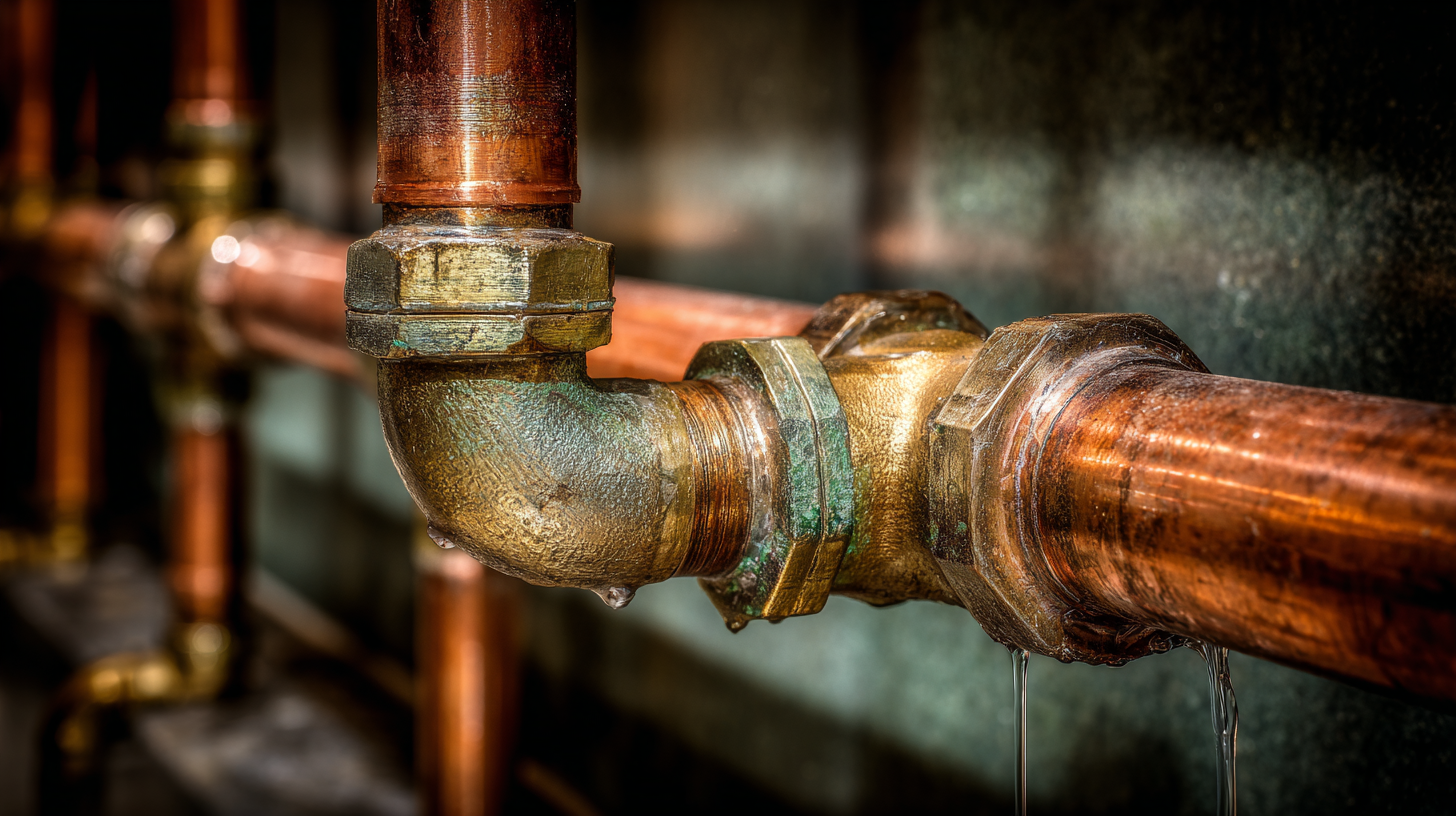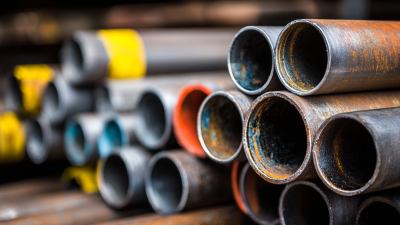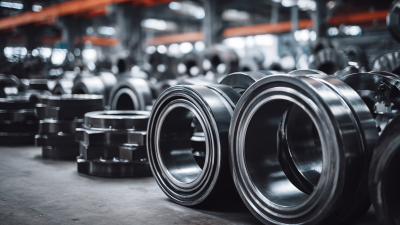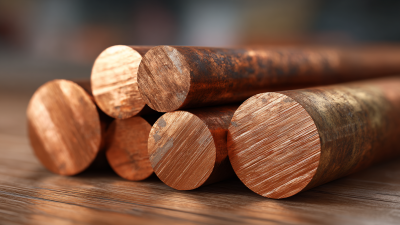Exploring the Advantages of Using Copper Pipe in Modern Plumbing Systems
In recent years, the plumbing industry has increasingly recognized the
advantages of using copper pipe in modern plumbing systems, positioning it as a preferred material for both
residential and commercial applications. According to a report by
the Copper Development Association, approximately
70% of plumbing professionals cite copper’s
remarkable durability and resistance to corrosion as key reasons for its
widespread use. Additionally, research indicates that copper pipe has a
lifespan of over
50 years, significantly
surpassing that of alternative materials like PVC and PEX. This longevity also
translates into maintenance cost savings, making copper a
cost-effective choice in the long run. Moreover, copper’s natural antimicrobial
properties contribute to
safer drinking water, addressing public health concerns and enhancing community
well-being. As builders and homeowners seek
reliable and sustainable plumbing solutions, the benefits of copper
pipe continue to solidify its status as an industry standard.
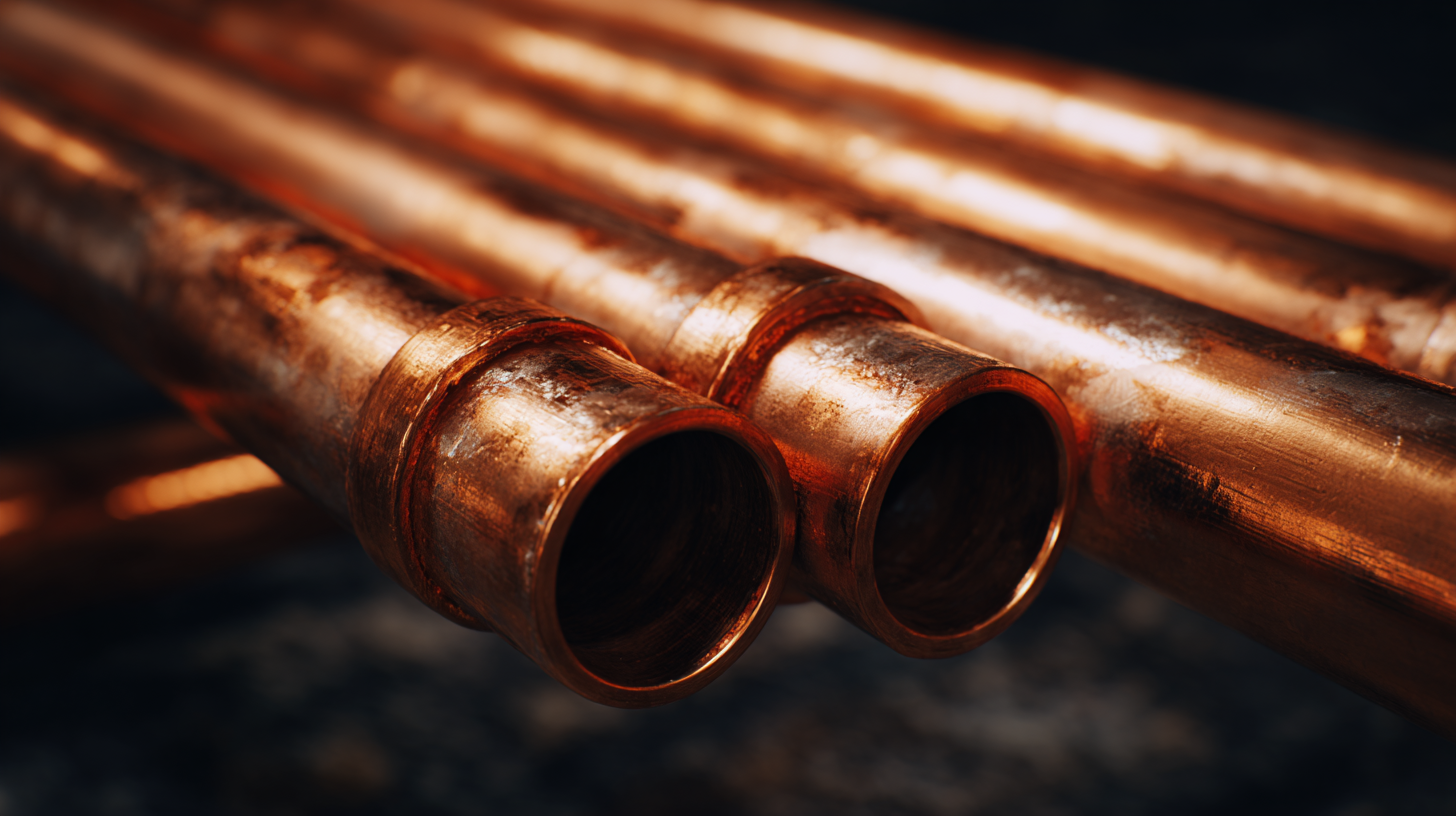
Advantages of Copper Pipe: A Comparative Analysis with PVC and PEX Systems
When considering plumbing systems, the debate between copper and plastic alternatives such as PVC and PEX is ongoing.
Copper pipes boast several advantages that make them a preferred choice for many professionals in the plumbing industry. Firstly, copper is inherently resistant to corrosion, offering a lifespan that can exceed 50 years, significantly longer than many PEX and PVC systems, which tend to last around 30 years under optimal conditions. This durability ensures a reliable plumbing network that minimizes the need for frequent repairs or replacements.
Additionally, copper pipes possess natural antimicrobial properties, reducing the risk of bacterial growth within the plumbing system. This aspect is particularly crucial in maintaining water quality and safety, aspects that are often overlooked in comparative analyses. Studies have shown that copper piping can also withstand extreme temperatures, both hot and cold, unlike many plastic options that can warp or degrade over time. The ability of copper to handle a wide range of water temperatures makes it suitable for various applications, from simple residential plumbing to complex commercial installations. This resilience and longevity position copper as a superior option for those looking for reliable, safe, and efficient plumbing solutions.
Durability of Copper Pipes: Industry Research on Longevity and Performance
The durability of copper pipes in modern plumbing systems is backed by extensive industry research, highlighting their longevity and performance. The North America Copper Tubes Market is projected to reach USD 3.44 billion by 2030, reflecting a growing demand driven by the industry’s push for improved infrastructure and modernization. This expected growth rate of 6.38% CAGR from 2025 to 2035 emphasizes the reliability of copper as a material choice, especially given its superior conductivity and corrosion resistance.
Moreover, the advantages of copper pipes extend beyond their physical properties. Studies indicate that copper can withstand extreme temperatures and pressures, making it an ideal option for a variety of plumbing applications. As the market evolves, investments in copper technology are expected to further enhance its applications in both residential and commercial settings, reaffirming copper's status as a key player in the future of plumbing systems. With its strong performance metrics, it’s clear why copper is favored for sustainable and efficient plumbing solutions.
Durability of Copper Pipes in Plumbing Systems
Health Benefits: Why Copper Piping Supports Safer Water Standards
Copper piping has long been a staple in plumbing, and its health benefits make it an even more appealing choice for modern systems. One of the primary advantages of copper is its inherent antimicrobial properties. Research indicates that copper surfaces can effectively kill bacteria, viruses, and fungal spores, which significantly reduces the risk of waterborne illnesses. This natural ability not only helps maintain cleaner water but also ensures that the plumbing system itself remains free from harmful pathogens that can proliferate in other materials.
In addition to its antimicrobial features, copper piping is known for its durability and longevity. Unlike plastic pipes, which can harbor bacteria and may leach harmful chemicals over time, copper does not pose the same risks, ensuring a safer drinking water supply. Furthermore, copper's resistance to corrosion safeguards against impurities entering the water stream, providing peace of mind to homeowners. By choosing copper piping for plumbing systems, consumers can enhance their household's health and safety, demonstrating that traditional materials still hold significant value in today's plumbing applications.
Thermal Conductivity: Understanding Energy Efficiency in Plumbing Solutions
Copper pipe has long been recognized as a superior material in plumbing systems, primarily due to its excellent thermal conductivity. In modern plumbing solutions, the energy efficiency derived from using copper pipes can lead to significant cost savings over time. According to industry reports, copper tubing can conduct heat about 25 times better than plastic alternatives, which translates to less heat loss and more efficient hot water delivery. This efficiency not only reduces energy consumption but also enhances the overall performance of heating systems, including heat pumps, which are increasingly utilized in residential and commercial setups.
Moreover, with the rise of high-efficiency heating systems, the choice of piping material has become crucial. The integration of copper pipes in plumbing systems ensures that heat transfers effectively between the water heater and fixtures, providing instant hot water without unnecessary delays. Various studies have shown that systems featuring copper pipelines can operate with up to 30% greater efficiency compared to those using traditional materials. This makes copper an invaluable asset to any plumbing system, particularly in climates where heating is essential, thereby supporting both energy conservation goals and improved occupant comfort.
Cost-Effectiveness Over Time: Analyzing Maintenance and Repair Insights for Copper Piping
Copper piping has long been a preferred material in plumbing systems, primarily due to its cost-effectiveness over time. Unlike some thermoplastic alternatives that may require frequent replacements, copper pipes boast enhanced durability and longevity. This provides significant savings on maintenance costs, as homeowners can avoid the hassle and expense of frequent repairs. Copper's inherent resistance to corrosion and high temperatures further contributes to its appeal, ensuring that it maintains its integrity and functionality for decades.
In addition to the initial installation costs, it's essential to consider the long-term benefits of copper piping. While the upfront investment might be higher compared to plastic options, the lifespan and reduced need for repairs often outweigh these initial expenses. As the plumbing landscape evolves, an increasing number of builders and homeowners are recognizing that investing in copper pipes today can lead to substantial savings in the future, making it a wise choice in modern plumbing systems. This perspective becomes particularly relevant as the thermoplastic pipe market continues to grow, highlighting the importance of exploring materials that offer sustainable advantages beyond the immediate economic considerations.
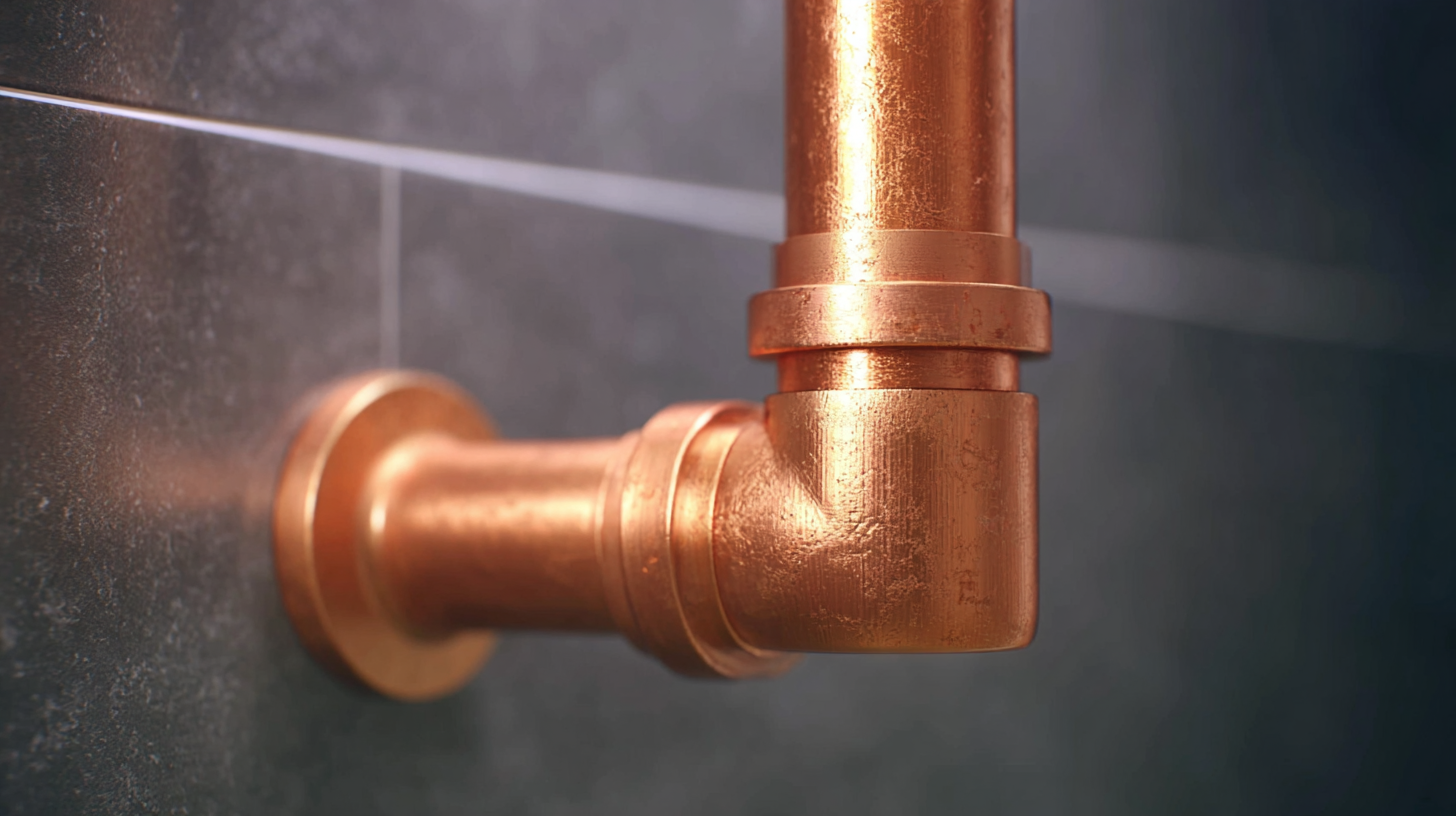

Home
About Us
Products
Carbon & Carbon Alloy Steel
Stainless Steel
Copper & Nickel Alloy
Heat Efficiency Tubes
Pipe Fittings
Pipe Flanges
Gasket, Stud Bolt &Nut
Industrial Valves
Tech & Service
Blog
Contact Us



